How to Write a Thanksgiving Message That People Actually Want to Read (and Keep)
I once got two Thanksgiving cards in the same week, and the experience taught me everything I need to know about gratitude.
In this article
The first was one of those fancy, expensive cards with a glossy photo of fall leaves. Inside, a pre-printed script wished me a “bountiful season of joy.” It was nice, I guess, but it felt like it could have been for anyone. It landed in the recycling bin a few days later. The second card was literally a piece of plain notepaper folded in half. A friend had written just three sentences inside. He mentioned a specific chat we’d had a month before and thanked me for the advice. I still have that note tucked inside a book on my shelf.
That’s the whole secret right there. The value isn’t in the cardstock; it’s in the connection. For years, I’ve been helping people find the right words—from CEOs crafting company-wide emails to nervous grooms figuring out their vows. The goal is always the same: connect with another human in a way that feels real. And during the holidays, that pressure can feel intense.

So, this isn’t going to be some list of generic phrases to copy and paste. Instead, think of this as a guide to the craft of writing a Thanksgiving message that feels like you. We’ll walk through a simple structure that makes a note memorable, talk about how to switch up your tone for family versus your boss, and even cover how to write a message when things are, well, complicated. My goal is to help you write with confidence, so your message becomes a keeper.
Why Some Messages Just Hit Different
Before you even pick up a pen, it helps to know why some messages land perfectly while others fall flat. It’s not magic; it’s just a little bit of human psychology. A good gratitude message makes someone feel seen and valued, which is something we all crave.
The most important ingredient is specificity. Our brains are wired for details. A generic phrase like “Thanks for everything!” is so broad that the mind just glides right over it. It’s polite, but empty. Compare that to something specific: “Thank you for dropping off soup when I was sick last month.” See? That creates a mini-movie in their head. The person relives the moment and feels your appreciation on a totally different level. It’s the difference between a mass broadcast and a personal handshake.

The other key is a little bit of vulnerability. You don’t have to overshare, but offering a tiny, honest glimpse into your feelings creates an instant bond. Saying, “I was feeling so overwhelmed, and your call seriously lifted my spirits,” is way more powerful than, “Thanks for being a great friend.” It shows them their actions had a real impact. This is how you build real trust.
The Simple 3-Step Recipe for a Heartfelt Note
I’ve taught a simple, three-part framework for years that works for almost any occasion, but it’s gold for Thanksgiving. It guides your thoughts and makes sure your message feels complete. Think of it as a recipe you can easily make your own. A good message in a card doesn’t need to be long, by the way—aim for 3 to 5 thoughtful sentences.
1. The Opening: Acknowledge Them Directly
Start by putting the spotlight right on them. It sounds obvious, but it’s a crucial first step that signals this isn’t a mass text. It sets a warm, personal tone from the get-go.

- “I was thinking of you today, Mom.”
- “As Thanksgiving gets closer, I just wanted to reach out.”
- “Hey Sam, hope you’re having a good week leading up to the holiday.”
2. The Heart: Share a Specific Memory or Quality
This is where the magic happens. It’s your proof that you’ve put real thought into this. Pull a specific, positive memory you two share, or name a quality in them you genuinely admire. This is what makes the message stick.
For a friend:
- “I’m so grateful for our weekly walks. Honestly, talking with you always helps me clear my head and see things better.”
- “I will never forget you showing up with pizza on my moving day. You’re the kind of friend everyone wishes they had.”
Quick Tip: What if your mind is totally blank? If you’re struggling to pinpoint a memory, try this trick: Open the photos on your phone and scroll back through the last year. Or, even better, scroll through your text history with that person. You’ll almost certainly find a picture or a conversation that sparks a warm memory you can mention. It works every time.

3. The Closing: A Warm, Forward-Looking Wish
End your note with a simple wish for them. This brings the message to a gentle close and should be tailored to what you know about their life, not just a generic “Happy Holidays.”
- “Wishing you a restful and peaceful Thanksgiving. You really deserve it.”
- “Hope you and the family have a day full of laughter and amazing food.”
- “Sending you my best for a happy and healthy holiday.”
This simple structure—Acknowledge, Share, Wish—is a reliable roadmap to a message that feels genuine and complete. It takes just a few minutes, but the impact is huge.
Changing Your Tune: Family, Friends, and the Office
A note to your brother is going to sound different than one to your boss. The real art is adjusting your words to fit the relationship. Here are a few thoughts on how to handle it.
Messages for Family & Close Friends
With your inner circle, you have a deep well of shared history to draw from. For parents or grandparents, referencing a childhood memory or a lesson they taught you is incredibly powerful. For siblings or best friends, an inside joke or a memory of a shared struggle can be a great way to reconnect. The key here is warmth and familiarity.
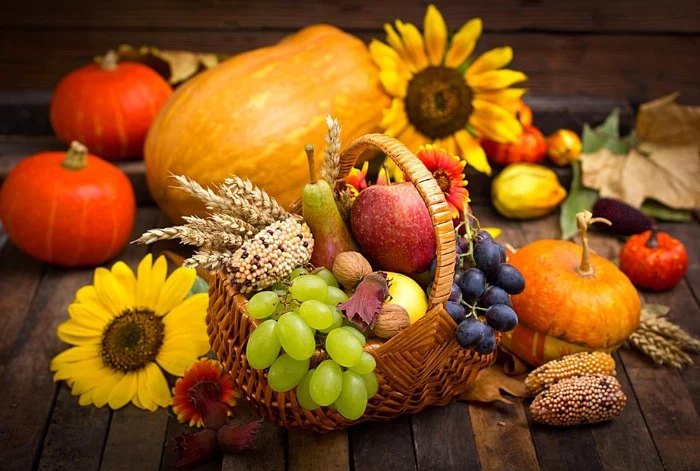
Messages for Colleagues
In a professional setting, you need a balance of warmth and professionalism. Focus on teamwork and shared goals. Something like, “Happy Thanksgiving! I’m really grateful to be on this team with you. I especially appreciated your support on that recent project,” acknowledges them as a valued peer without getting too personal.
Messages for Your Team or Employees
If you’re a manager, your words carry extra weight. Ditch the corporate speak. Be specific and sincere. A great message shows appreciation and respects their personal time: “Wishing all of you a happy and restful Thanksgiving. I’m truly grateful for your hard work and dedication this past quarter. Your efforts don’t go unnoticed. Please take this time to relax and recharge with your loved ones.”
Messages for Clients
This is about relationship-building, not marketing. A Thanksgiving message should never, ever include a sales pitch. Thank them for their trust or partnership. “Just wanted to say thank you for being such a great partner this year. We’re wishing you and your team a wonderful holiday.” It reinforces that you see them as people, not transactions.

Sometimes, a cheerful “Happy Thanksgiving!” can feel jarring or even hurtful. Acknowledging someone’s reality with grace is a true sign of a great communicator. In these situations, less is often more.
- For Someone Grieving: Holidays can be a painful reminder of loss. Keep your message simple, gentle, and supportive. “I’m thinking of you and your family this Thanksgiving. Sending you my quiet support.” It’s also a kind gesture to add, “No need to reply,” which lifts the social burden of responding when they might not have the energy.
- For Someone Facing Illness or Job Loss: Acknowledge their struggle without dwelling on it. “I know this has been a challenging year, and I’ve been thinking of you. I’ve always admired your resilience. Wishing you a peaceful day.”
- For an Estranged Family Member: A holiday can be a chance to build a tiny bridge, but it requires a very light touch. Don’t bring up old conflicts. “Thinking of you this Thanksgiving. I was remembering how we used to [insert a simple, good memory]. Hope you’re doing well.”
- For Someone Working on the Holiday: Don’t forget the nurses, retail workers, first responders, and others who don’t get the day off. A simple acknowledgment means the world. “Thinking of you today and so grateful for what you do. Hope you get a moment to rest soon!”
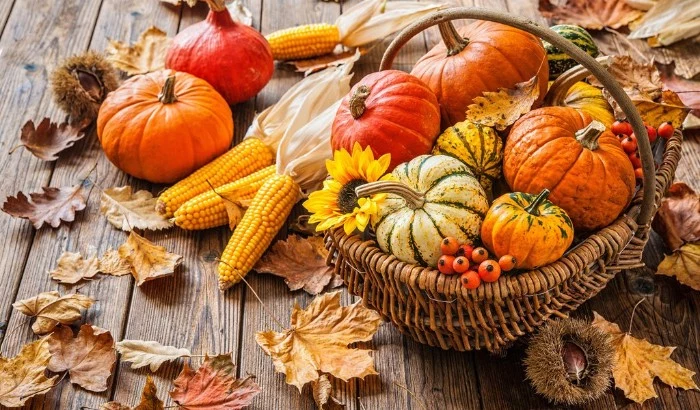
The Right Tool for the Job: Card, Email, or Text?
The medium you choose sends its own message. Here’s a quick rundown of how I think about it, along with a simple timeline.
The Handwritten Card: The Gold Standard
In a digital world, a physical note carries serious weight. It takes time, effort, and a stamp. This makes it the best choice for your most important people: parents, partners, and lifelong friends. The physical act of writing slows you down, often leading to a more thoughtful message.
Pro Tip: Set yourself up for success with a simple note-writing kit. I always have a box of blank notecards (you can get a nice set of 20 for under $15 at Target or Paper Source), a good pen that doesn’t smudge (my favorite is the Pilot G2, which costs about $3), and a book of stamps. For under $40, you’re ready for the whole year.
When to Send: Mail these the week before Thanksgiving.

The Thoughtful Email: The Professional Go-To
Email is perfect for professional contacts like clients or your entire team. To make it feel personal, use a warm subject line like “Thinking of you this Thanksgiving” and address everyone by name (use mail merge if you need to!).
When to Send: The Monday or Tuesday of Thanksgiving week is ideal.
The Sincere Text: The Quick Connection
Texting is immediate and informal, perfect for friends, cousins, and close colleagues. The risk is that it can feel lazy. To avoid that, use full sentences—no text-speak! “Hpy thxgiving!” feels rushed; “Happy Thanksgiving! So grateful for our friendship,” feels warm.
When to Send: Thanksgiving morning or the day before.
A Few Things to Avoid (Trust Me on This)
Part of mastering a craft is learning what not to do. Here are a few common mistakes to sidestep.
- The Holiday Blast. This is the group text or mass email sent to dozens of people. It’s the modern form letter, and it feels completely impersonal. I’m guilty of doing this in the past, and you know what? No one ever responds with the same warmth as they do to a personal message. It’s worth the extra 30 seconds to send them individually.
- Inauthentic Language. Don’t use words you wouldn’t use in real life. If you don’t say “bountiful blessings” in conversation, don’t write it in a card. Your message should sound like you. People can spot a fake tone a mile away.
- Making It All About You. Be careful that your gratitude message doesn’t turn into a humblebrag. “This year I’m so grateful for my new job and my amazing vacation…” is fine for a journal, but a message to someone else should be focused on them.
Feeling Overwhelmed? Try This 60-Second Challenge.

Don’t have time for a stack of cards? No problem. Pick one person right now. Open your texts. Use the Acknowledge-Share-Wish formula. It’ll take you less than a minute, and I promise it will make their day. Go!
At the end of the day, the desire to connect is what the holidays are all about. A Thanksgiving message is a small but really powerful way to do that. It’s a chance to pause and tell the people in your life that they matter. It doesn’t require a huge vocabulary or a talent for poetry—just a moment of quiet thought and a little bit of genuine heart.
Inspiration Gallery
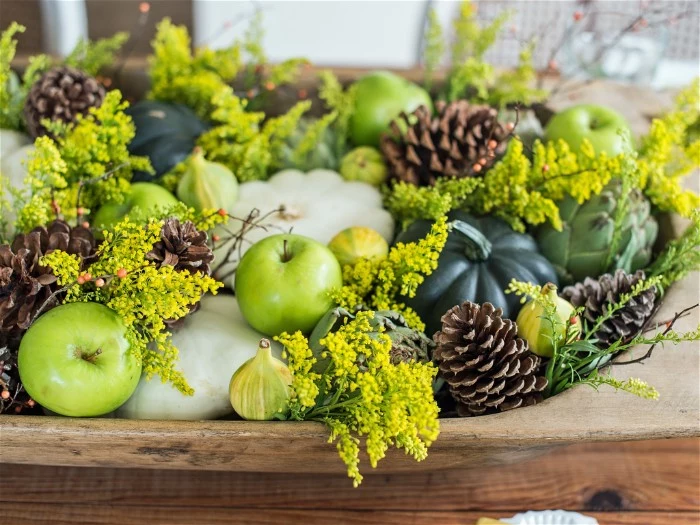



A 2018 study in the journal *Psychological Science* found people consistently underestimate how much others appreciate receiving an expression of gratitude.
That feeling of awkwardness or thinking



Handwritten Note: Carries weight and feels like a keepsake. The physical effort is part of the message. Perfect for close family and mentors.
Thoughtful Email: Excellent for colleagues or international friends where mail is slow. Allows for more length and can include a shared photo.
The best choice depends on the recipient, but sincerity is the key ingredient for both.

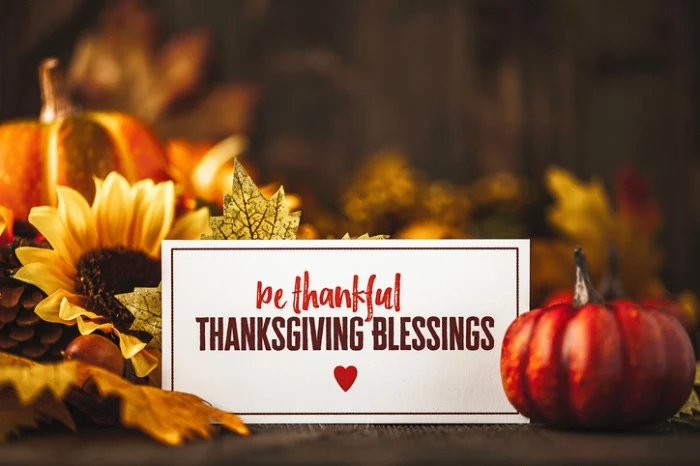

- A specific moment you shared that made you laugh.
- A piece of advice they gave you that genuinely helped.
- A quality in them you’ve always admired but never mentioned.
The secret? Your message doesn’t have to be a grand statement. Mining these small, real memories is what makes your gratitude feel authentic and deeply personal.


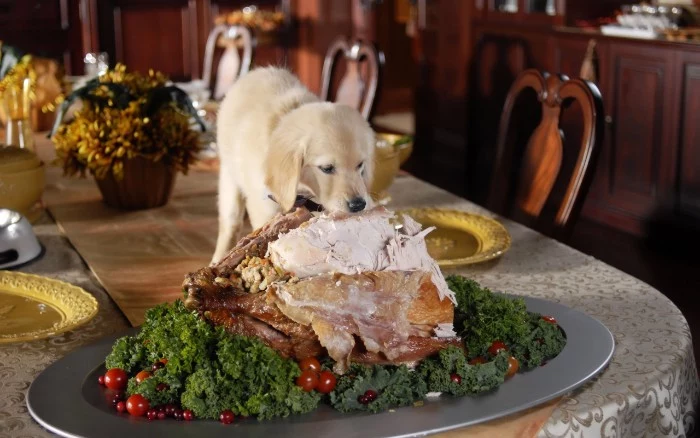
What if my handwriting is terrible?
Focus on legibility, not perfection. Writing slowly with a good quality pen, like a smooth Muji gel pen or a classic Pilot G2, can make a world of difference. Ultimately, the warmth of a handwritten note comes from its authenticity, not its calligraphy. Your unique scrawl is part of the charm—it proves a human, not a machine, wrote it.



The paper you choose sets the stage for your words. For a message that feels timeless and important, consider the heavy, tactile quality of cotton stationery from a classic brand like Crane & Co. The substance of the card itself sends a message of care before a single word is even read.

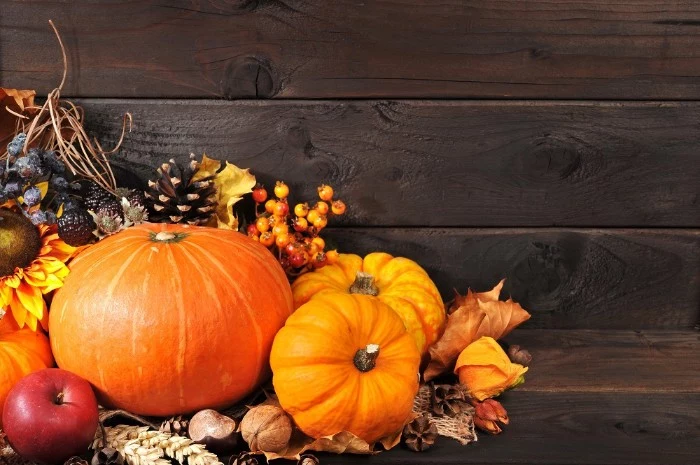

A common mistake: Only thanking someone for a tangible thing they gave you. True connection comes from appreciating *who they are*.
Instead of

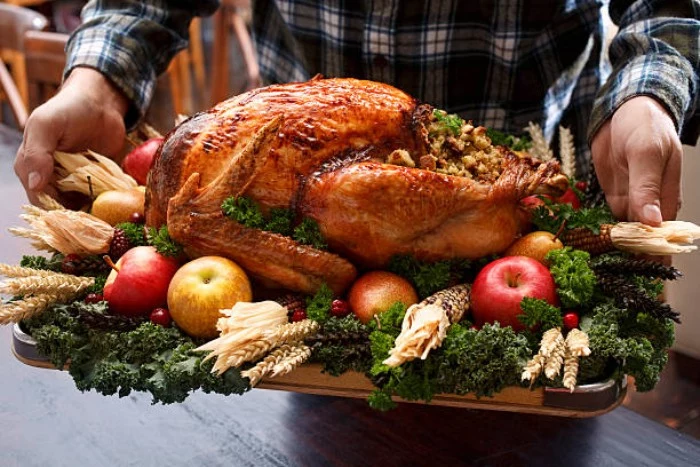

The postscript, or


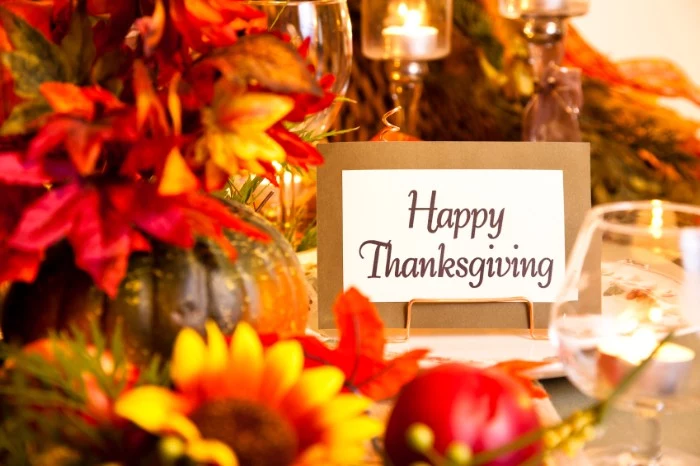

- “I was just thinking about that time we…”
- “One thing I’ve always admired about you is…”
- “You have no idea how much it meant to me when…”
- “Seeing you handle [situation] taught me a lot about…”



Consider writing a note to the host *after* the Thanksgiving gathering. The perfect host-follow-up extends the warmth of their hospitality beyond the day itself.
- Mention a specific dish or drink you particularly enjoyed.
- Recall a funny or touching moment from a conversation at the table.
- Thank them for creating a space where people could relax and connect.

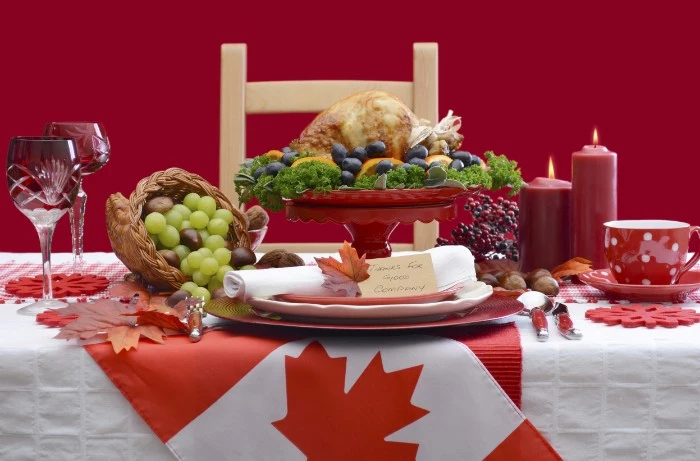

The right time to send your note: Don’t feel pressured to have it arrive exactly on Thanksgiving Day. A message that arrives in the quiet days leading up to the holiday, or even the week after, can stand out and feel more considered. It gives the recipient a moment to savor your words away from the festive chaos.



For a truly memorable note, tuck a small, flat item inside the card. A pressed autumn leaf from a walk, a photobooth strip from a past event, or even a tea bag of your favorite chai. It turns a simple message into a small, multi-sensory experience and a tangible keepsake.



Is a text message ever appropriate for a Thanksgiving wish?
Absolutely, if the message itself is personal and heartfelt. A generic
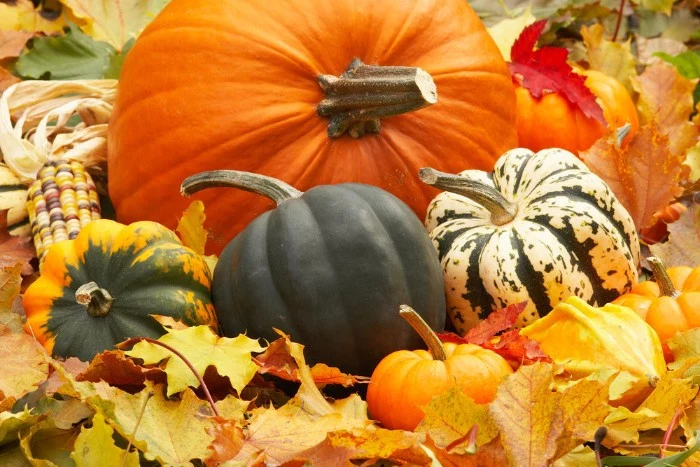

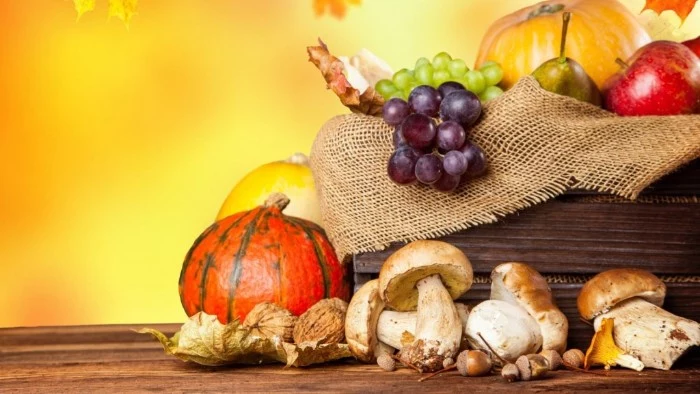
For a Business Context: Keep your Thanksgiving message to a colleague or client concise and professional, but still specific. Avoid overly emotional language and focus on their positive impact. A simple: “Just wanted to say thank you. Your insight on the Q3 project was invaluable, and I’m grateful to have you on the team. Hope you have a great holiday.”

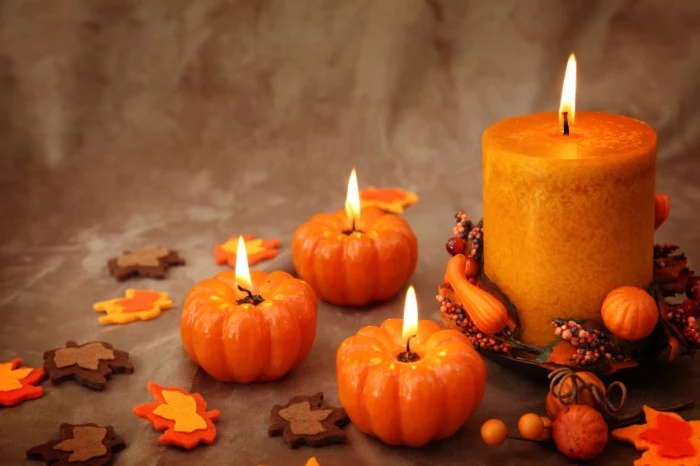
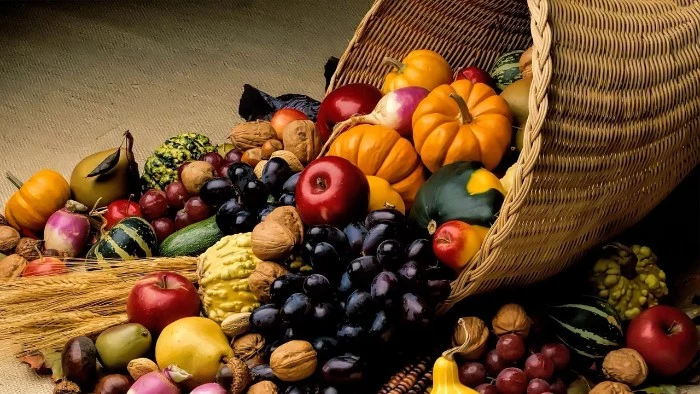
- It provides a tangible object they can keep and display.
- It sparks a specific, happy memory in a single glance.
- It feels incredibly personal and thoughtful.
The under-appreciated powerhouse of gratitude? A simple 4×6 photo print. Just choose a favorite picture of you and the recipient, and write your heartfelt message directly on the back with a permanent marker.

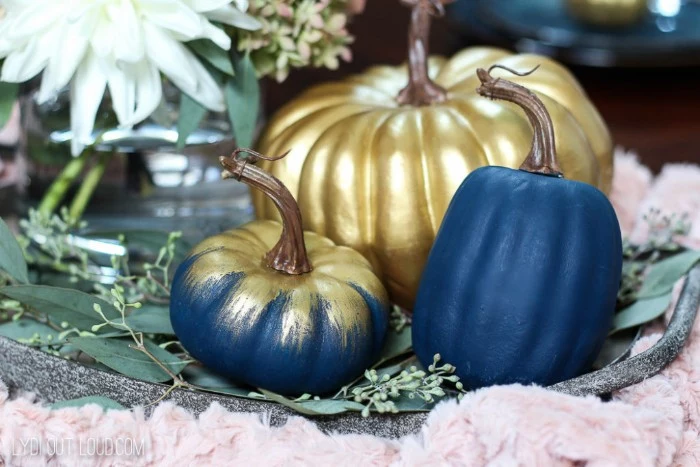

Don’t have fancy stationery on hand? A simple, high-quality postcard can be even more effective. Brands like Rifle Paper Co. offer beautiful illustrated designs that provide just enough space for a short, potent message. The lack of an envelope makes it feel immediate and confident.
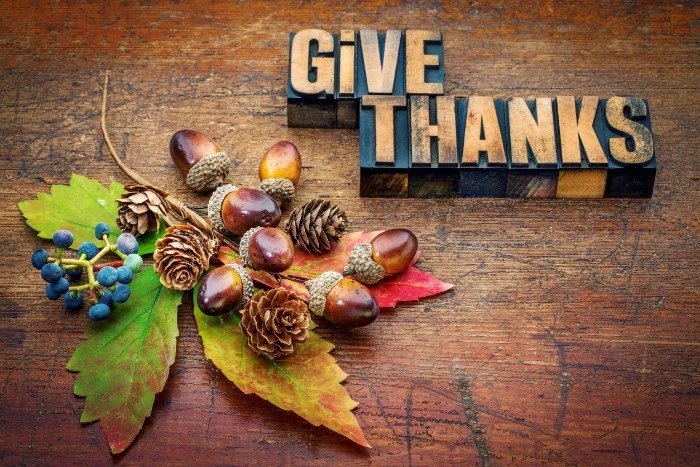



The United States Postal Service reports that the volume of personally written letters has dropped dramatically in the last two decades, making each one that is sent and received feel even more special.
In a world of overflowing inboxes and fleeting digital pings, the simple act of sending a physical card has become a radical act of care. It shows you invested time and effort, two of our most valuable resources.
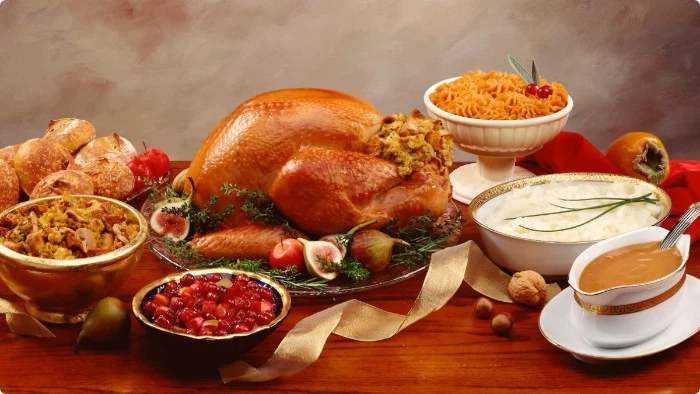


The pen you use subtly influences the experience of writing. A fountain pen, like an affordable Lamy Safari, encourages you to slow down and write more deliberately. For those with smaller handwriting, a fine-tipped Japanese gel pen, like a 0.38mm from Muji, ensures every word is crisp and clear. The tool is part of the ritual.


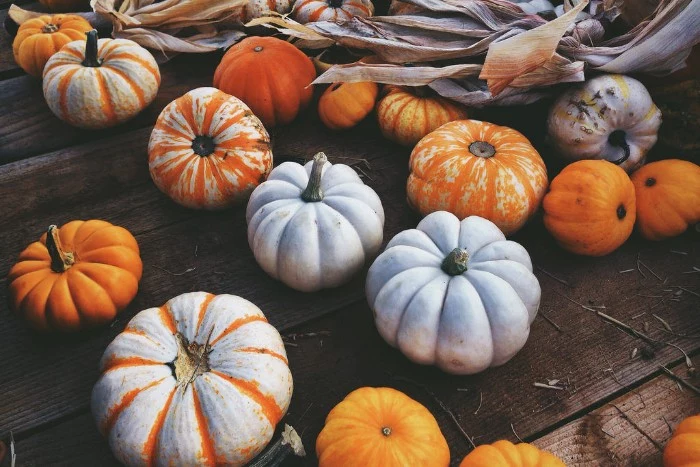
The Themed Card: A card from a service like Papier, featuring elegant pumpkins or autumnal leaves, immediately sets a festive tone and feels celebratory.
The Classic Monogram: A simple, high-quality cream card with the recipient’s initial on it shifts the focus from the holiday to the person themselves.
The first says
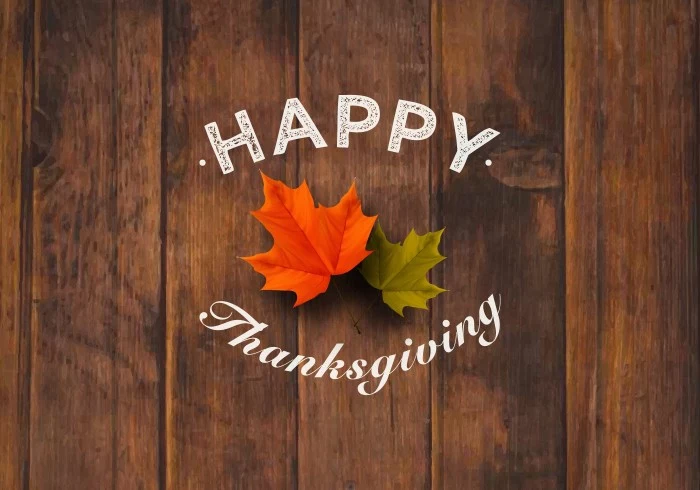
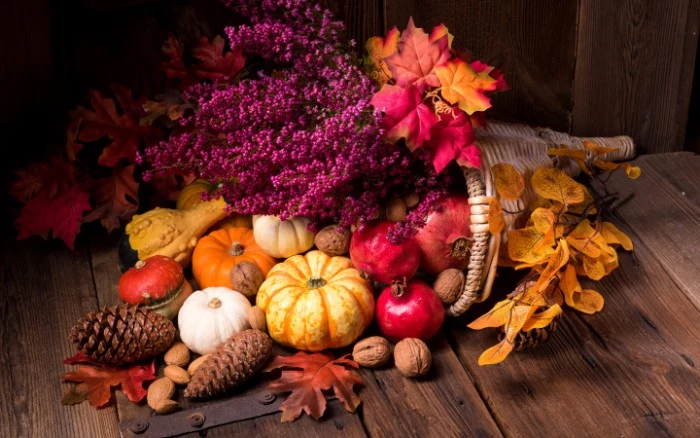
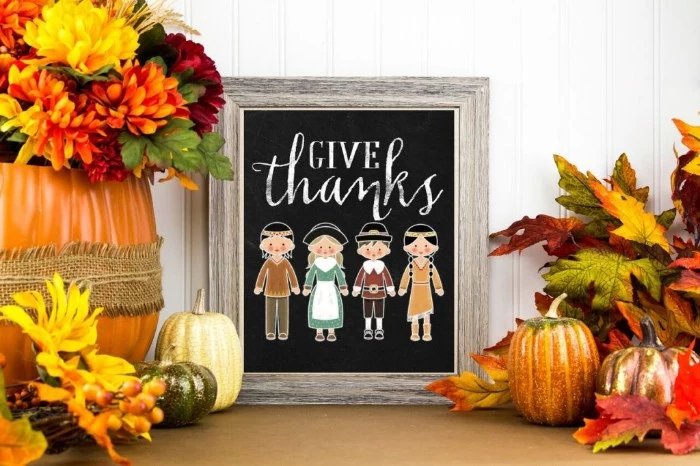
When writing a single card to a couple or family, try to include a specific nod to each person, even if it’s small. “John, thank you for the wonderful meal, and Sarah, I’m still laughing about your story about the dog.” It shows you see and appreciate them as individuals, not just as a unit.
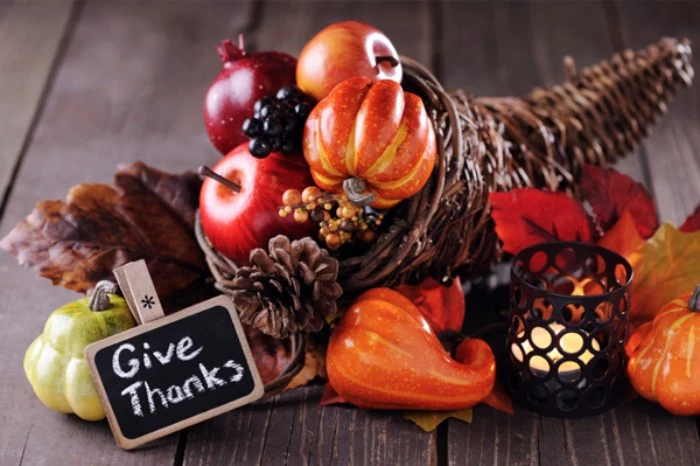
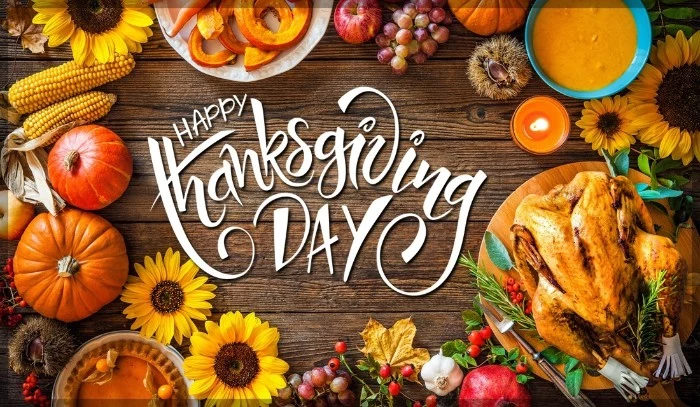
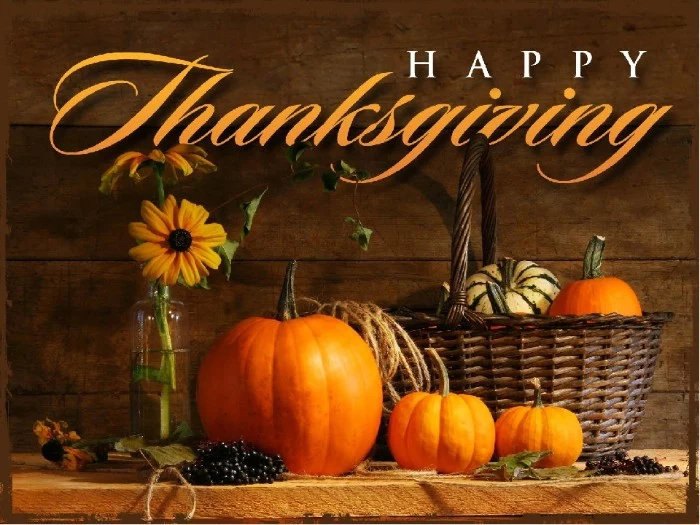
- For your positive attitude during that tough project.
- For making me laugh in the breakroom.
- For your advice on how to handle that difficult client.
- For always making the best coffee.

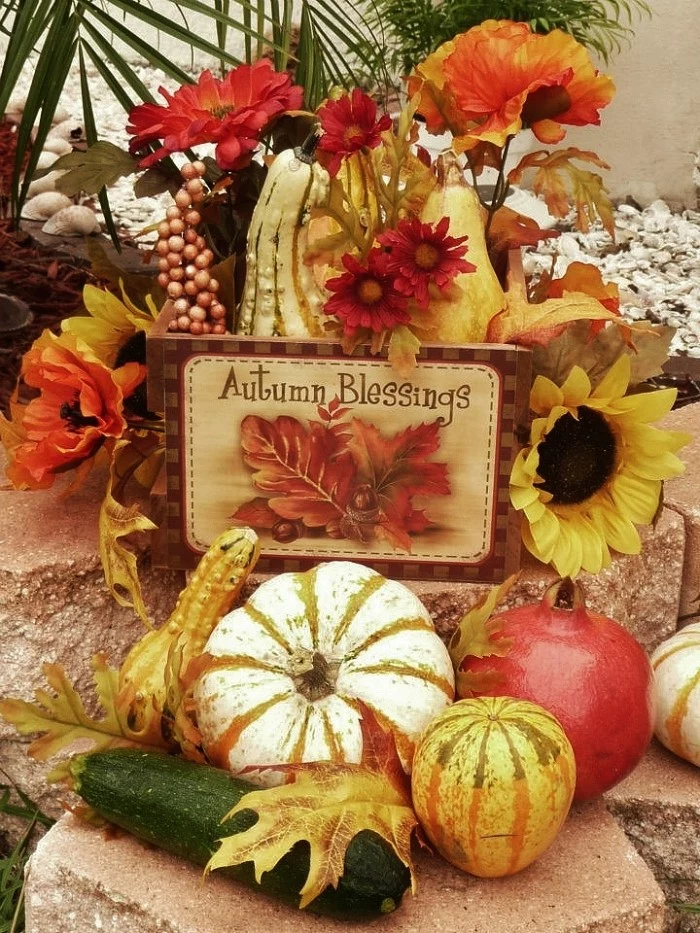

Struggling with a blank page? Try the
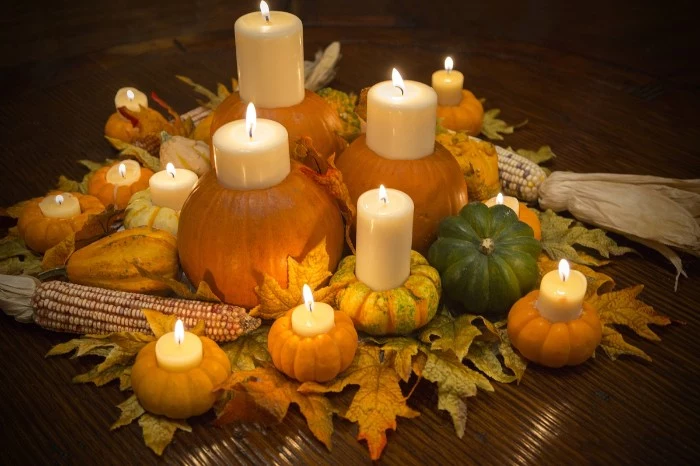
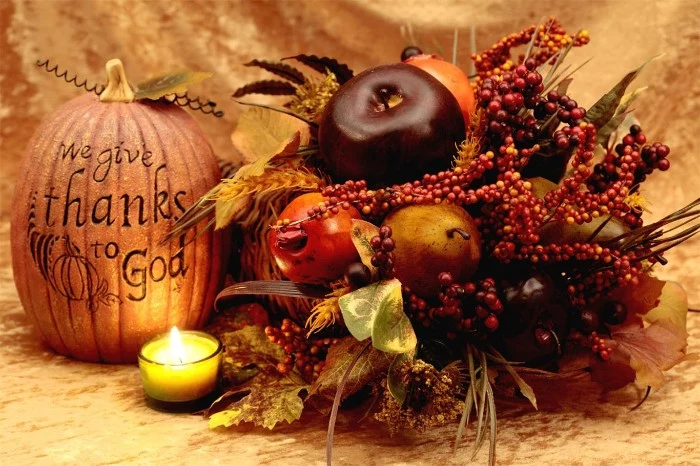
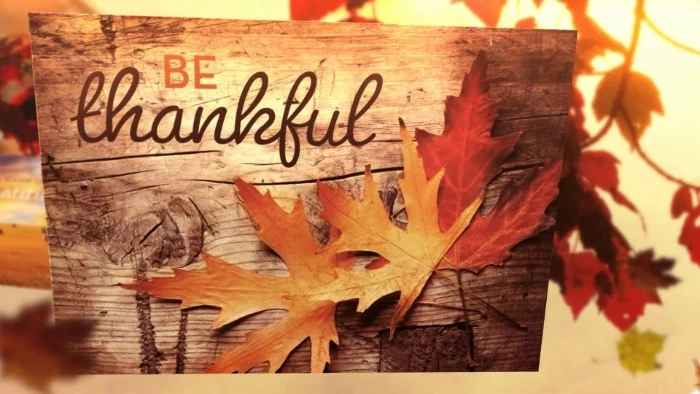
While you’re writing notes to others, don’t forget to write one to yourself. On a simple notecard or in a journal, jot down three things you are genuinely proud of from the past year. It could be a personal win, a moment of resilience, or a fear you overcame. It’s a private, powerful act of self-compassion.
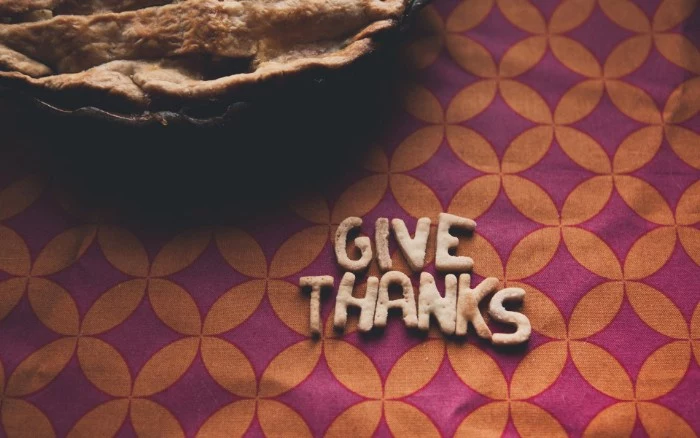

Instead of a traditional card, consider making your own simple tag. Use a piece of cardstock, punch a hole in the corner, and tie it with twine to a small gift from your kitchen—a jar of jam, a loaf of pumpkin bread, or a bottle of wine. The message can be short and sweet; the combination of the handmade gift and handwritten words speaks volumes.










